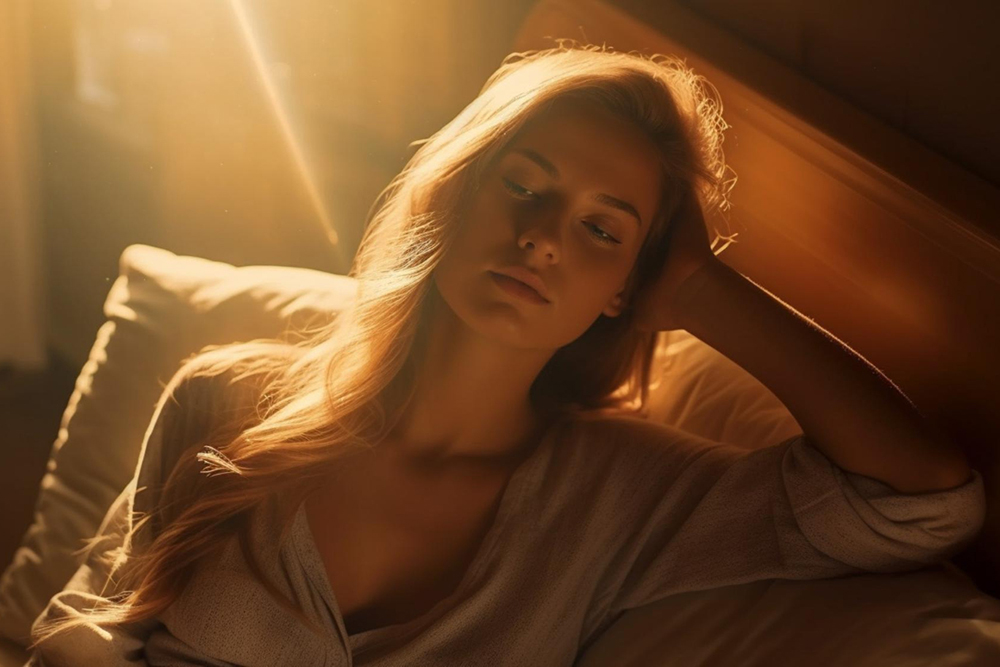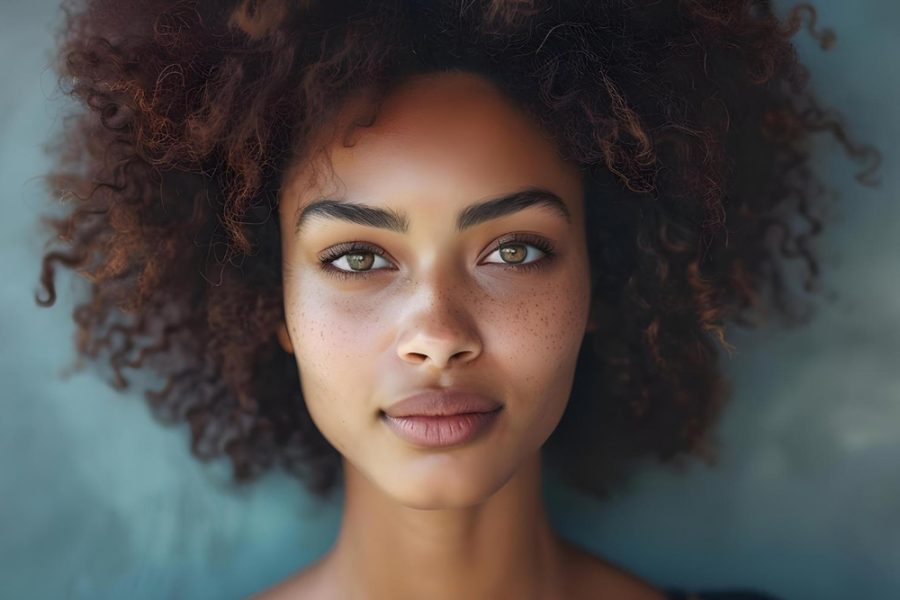Natural light is one of the most powerful tools a photographer can use. It is versatile, free, and can produce stunning results when used correctly. Here are some tips on how to use natural light to enhance your photos and achieve professional-quality results.
1. Golden Hour Magic
The golden hour, which occurs shortly after sunrise and before sunset, provides soft, warm light that is perfect for photography. During this time, the sun is low in the sky, creating long shadows and a golden hue that adds a magical quality to your photos. Take advantage of this time for portraits, landscapes, and outdoor scenes to capture that dreamy, ethereal look.
2. Diffused Light for Softness
Direct sunlight can be harsh and create strong shadows and highlights. To achieve softer, more flattering light, look for shaded areas or use diffusers like white curtains, reflectors, or even a white sheet to soften the light. Overcast days also provide diffused light that is perfect for capturing evenly lit photos without harsh shadows.
3. Backlighting for Drama
Backlighting involves positioning your subject between the light source and your camera. This technique can create a dramatic effect, with the light creating a halo around your subject and adding depth to your photos. It works particularly well for portraits and nature photography. To prevent your subject from becoming a silhouette, use reflectors or adjust your camera settings to balance the exposure.
4. Window Light Indoors
Natural light from windows can be a fantastic indoor light source. Position your subject near a window with indirect light for soft, even illumination. Experiment with the distance and angle from the window to achieve different effects. For portraits, side lighting from a window can create beautiful shadows and highlights, adding dimension to your photos.
5. Reflectors for Fill Light
Reflectors are great tools for manipulating natural light. Use them to bounce light back onto your subject, filling in shadows and creating a more balanced exposure. Reflectors come in various colors, each providing a different effect: white for neutral light, silver for bright, cool light, and gold for warm, golden light. You can even use household items like white walls, mirrors, or aluminum foil as improvised reflectors.
6. Golden and Blue Hours
Besides the golden hour, the blue hour, which occurs just before sunrise and after sunset, offers a unique quality of light. The blue hour is characterized by its soft, cool tones that create a serene and tranquil atmosphere. This time is perfect for capturing landscapes, cityscapes, and twilight portraits.
7. Positioning and Angles
The angle and position of the light source relative to your subject can significantly affect your photos. Experiment with different angles to see how the light interacts with your subject. Front lighting illuminates the subject evenly, side lighting adds depth and texture, and backlighting can create silhouettes or dramatic effects. Moving around your subject and changing your perspective can lead to surprising and creative results.
8. Timing is Everything
Pay attention to the time of day and how the light changes. Early morning and late afternoon are generally the best times for natural light photography. Midday sun can be harsh, but you can still capture great photos by seeking shade or using diffusers to soften the light. Always be mindful of how the light is behaving and adjust your shooting schedule accordingly.
9. Using Natural Light Indoors
Even indoors, natural light can enhance your photos. Position your subjects near windows and open doors to let in as much natural light as possible. Sheer curtains can act as natural diffusers, softening the light and reducing harsh shadows. Experiment with different rooms and windows to find the best light for your indoor photography.
10. Practice and Experimentation
The key to mastering natural light photography is practice. Spend time observing how light changes throughout the day and how it affects your subjects. Experiment with different techniques, angles, and settings to see what works best for you. With time and experience, you’ll develop a keen eye for natural light and be able to use it to enhance your photos effectively.
Conclusion
Natural light offers endless possibilities for photographers. By understanding how to manipulate and use natural light, you can create stunning, professional-quality photos. Remember to take advantage of the golden and blue hours, use diffusers and reflectors, experiment with angles, and practice regularly. With these tips, you’ll be well on your way to mastering the art of natural light photography.
For more detailed tips and inspiration, you can explore resources like Digital Photography School and Photography Life.




